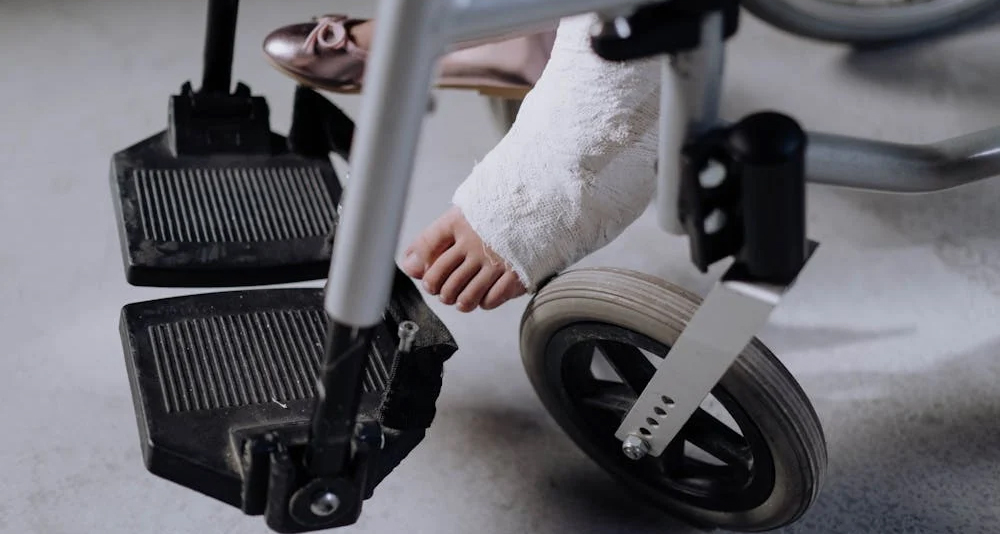Treatment of a Broken Toe
Treatment of a Broken Toe depends on whether the fracture is stable or displaced, the toe affected, and how much joint function is involved. The main goal of treatment of a broken toe is to ensure the bone heals correctly while maintaining balance, comfort, and mobility.
For most non-displaced fractures, conservative treatment is sufficient. Buddy taping — where the injured toe is taped to the neighbouring toe — provides stability and reduces motion. A stiff-soled shoe or post-operative sandal is often recommended to protect the foot while walking.
If the big toe is fractured, or if the injury involves a joint, a more structured immobilisation approach may be used. A walking boot or toe splint may be prescribed for 2 to 4 weeks. Pain is typically managed with paracetamol, ibuprofen, and elevation during the first few days.
In displaced fractures or those that affect alignment, a closed reduction may be needed. This procedure involves manipulating the toe back into position, usually under local anaesthesia. X-rays are repeated afterwards to ensure proper alignment before taping or splinting.
Open fractures — where the bone pierces the skin — are considered emergencies. These require wound cleaning, antibiotics, and often surgical fixation to avoid infection and ensure healing.
In rare cases, surgery may be necessary. This applies to comminuted fractures (bone broken into several pieces), unstable joint injuries, or fractures that don’t heal with conservative treatment. Surgical repair may involve pins, screws, or wires.
Treatment of a Broken Toe
Children generally heal faster and may need less rigid support. However, follow-up is important to ensure bones grow correctly. Adults with underlying health conditions or poor circulation may heal more slowly.
Rehabilitation usually begins after the pain and swelling reduce. Gentle toe movements and foot exercises help restore balance and strength. Most people can resume normal activity within 4 to 6 weeks.
Well-timed treatment of a broken toe helps prevent long-term issues like joint stiffness, altered walking patterns, or chronic foot pain.
[Next: Complications and Recovery from a Broken Toe →]


